Source: 量子位QbitAI
Original Title: The Chinese Medicine Grand Model is Here! Clinical Diagnosis and Treatment, Health Maintenance All in One, Training Process Revealed, Over 11 Million Pieces of Knowledge Graph Data Released
A new player has emerged in the domestic medical grand model arena.
It's still a grand model centered around traditional Chinese medicine—
The Qihuang Wenda Grand Model, produced by Da Jing Zhong Yi.
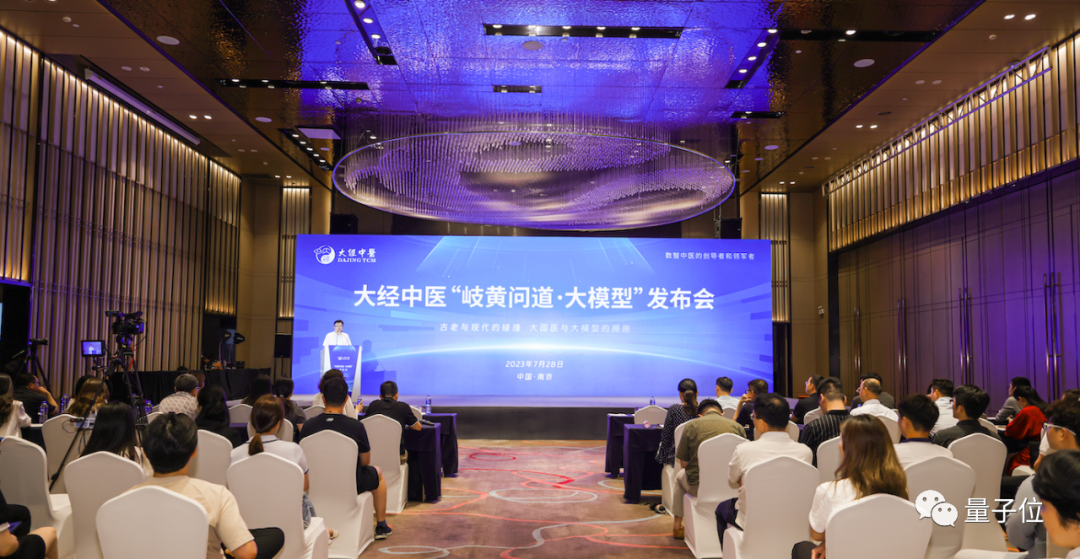
As a representative enterprise of intelligent traditional Chinese medicine in China, its past progress may not have been widely known.
But its core product, the intelligent clinical assistance system for traditional Chinese medicine, has achieved application coverage from grassroots village health clinics to tertiary Chinese medicine hospitals, accumulating users from over 400 graded hospitals and over 8,000 grassroots medical institutions.
This also means that once the grand model is implemented on a large scale, it can quickly be applied to the grassroots level.
At the release event, it directly presented three sub-models and conducted live demonstrations.
Based on clinically diagnosed diseases, the clinical diagnosis and treatment grand model;
Based solely on symptoms and physical signs, the clinical diagnosis and treatment grand model;
Traditional Chinese medicine health maintenance grand model.
Taking the traditional Chinese medicine health maintenance grand model as an example, it only requires inputting symptoms and physical sign information. For example, inputting "feeling cold" and related symptoms.
The grand model can then output a series of multi-dimensional health maintenance plans, including traditional Chinese medicine, meridian acupoints, diet therapy, tea drinking, and more, all in one go.
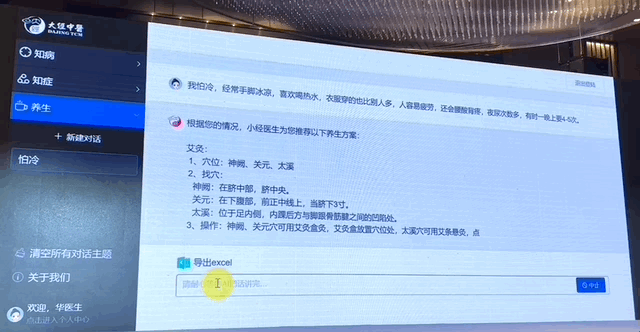
△ Input "feeling cold" and related symptoms, and receive a series of health maintenance plans
The first grand model for health maintenance for young people has arrived?!!
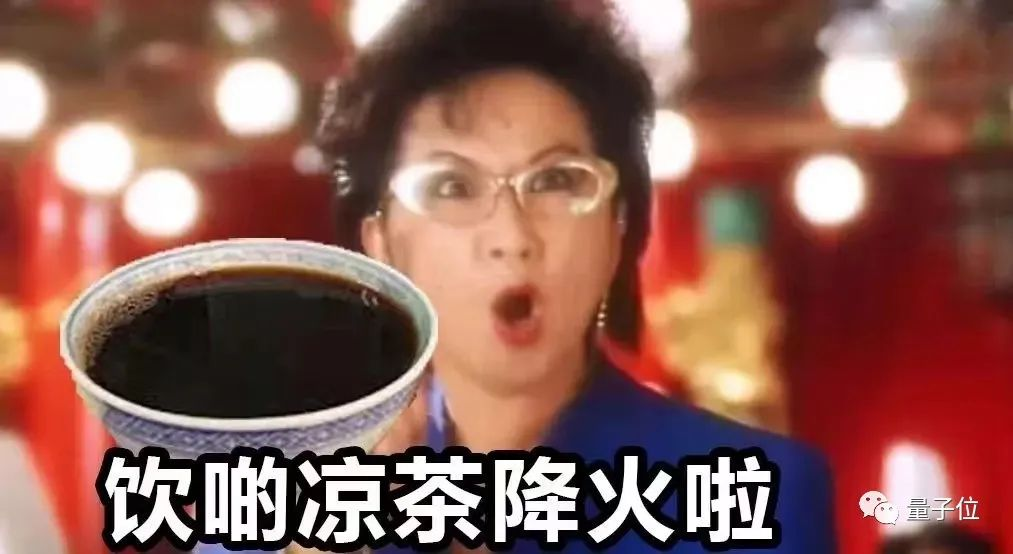
I thought it would end there, but unexpectedly, after the demonstration, Da Jing Zhong Yi actually directly revealed the ongoing training process?!

What is the background of this player? How powerful is the debut of the traditional Chinese medicine GPT?
How powerful is the traditional Chinese medicine GPT?
Let's take a look at how the Qihuang Wenda Grand Model performs in its debut!
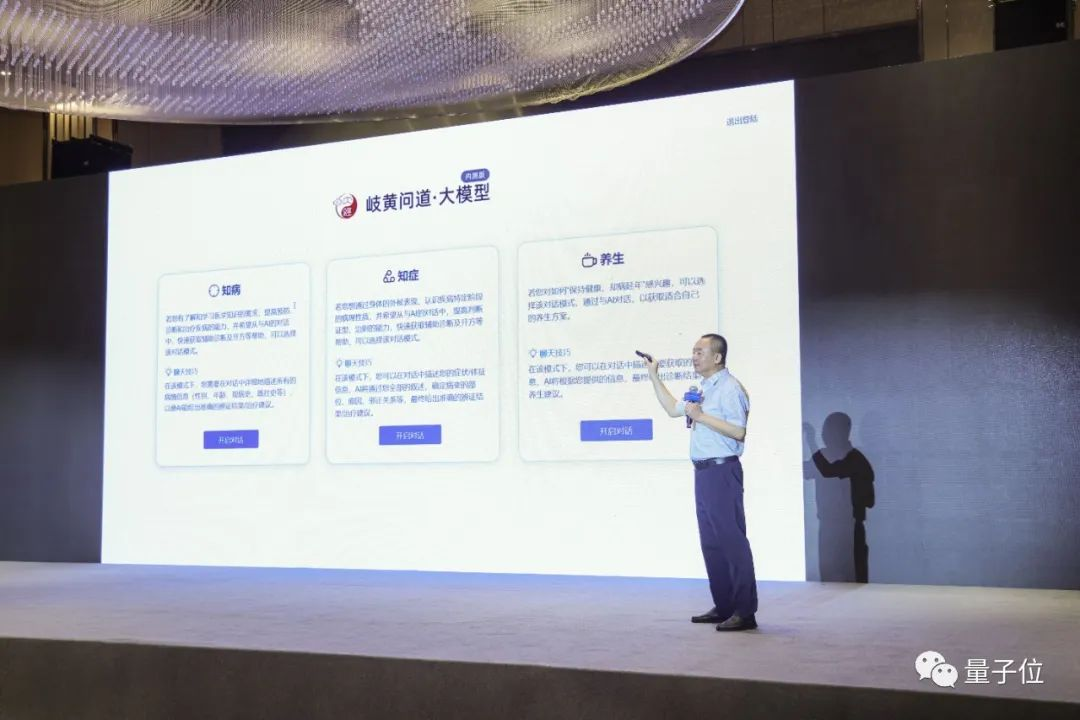
It is mainly deployed in two major scenarios: traditional Chinese medicine-assisted diagnosis and traditional Chinese medicine health maintenance services.
First is the disease knowledge scenario—live demonstration of the clinical diagnosis and treatment grand model based on clinically diagnosed diseases, where inputting "disease-symptoms-physical signs" information allows the grand model to output differentiation results, treatment principles and methods, and traditional Chinese medicine prescriptions.
Right from the start, it calls itself "Little Jing Doctor" and asks for the disease you need to consult. When "chronic gastritis" is input, it further asks for relevant symptoms.
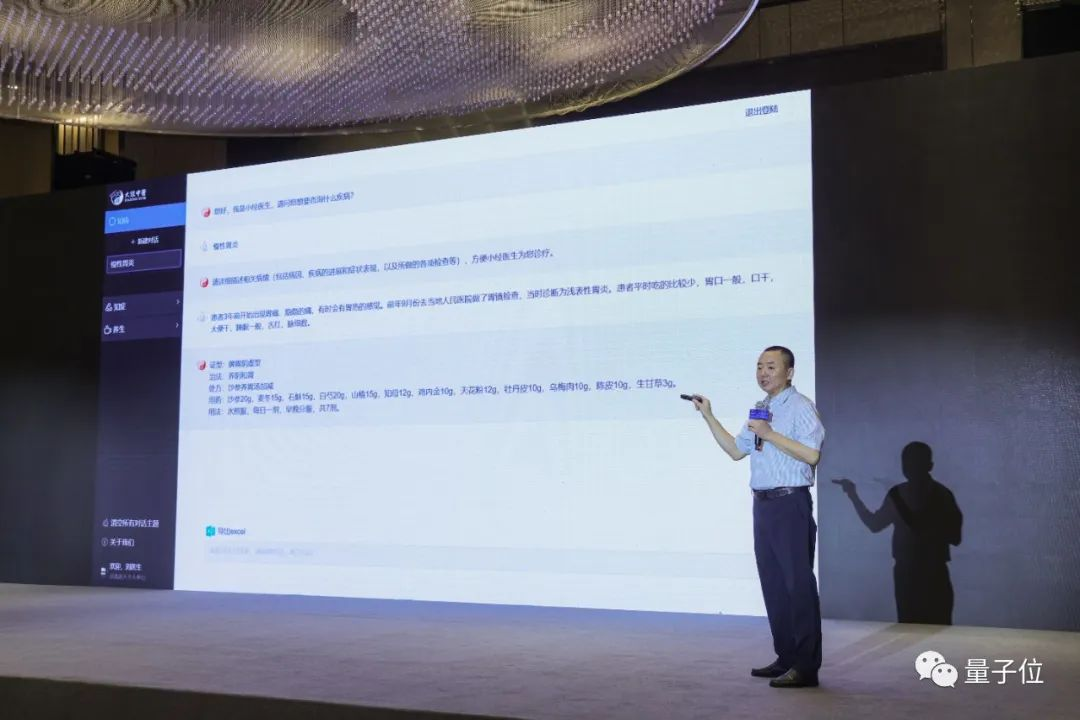
The patient had stomach pain three years ago, a dull pain, and sometimes a feeling of stomach heat. In September of the previous year, they underwent gastroscopy at the local people's hospital, and were diagnosed with superficial gastritis at the time. The patient eats relatively little, has an average appetite, dry mouth, dry stools, average sleep, red tongue, and thin, rapid pulse.
In the end, it successfully inferred the syndrome "spleen and stomach yin deficiency type" and provided treatment principles, prescriptions, and medication and usage.
Currently, the model has been opened for internal testing application to medical institutions through the "Da Jing Shuzhi Zhong Yi" WeChat official account.
Even for diseases without a clear diagnosis, inputting only symptoms and physical sign information, the grand model can still output complete results, such as the second sub-model, disease knowledge. For example, inputting "night sweats" and related symptoms.
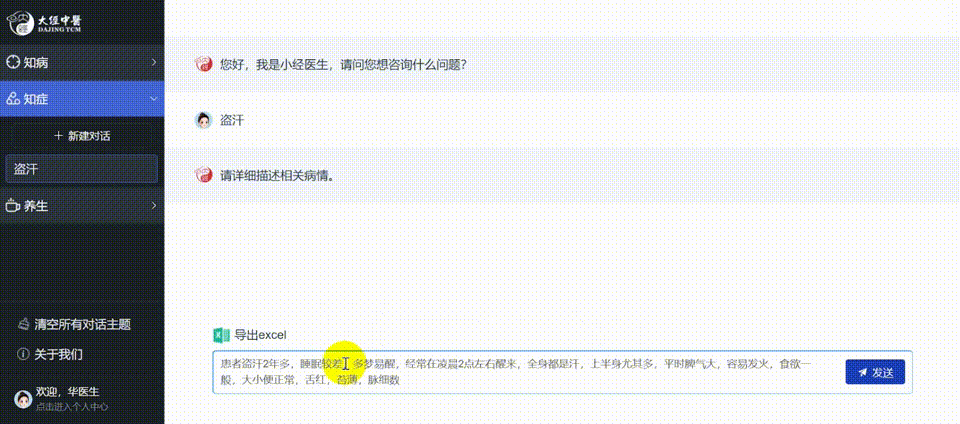
In the health maintenance scenario, simply input the sub-health issues that have been bothering you recently, and you can quickly obtain a complete set of health advice covering moxibustion, massage, plaster prescriptions, tea drinking, diet, soups, and more.
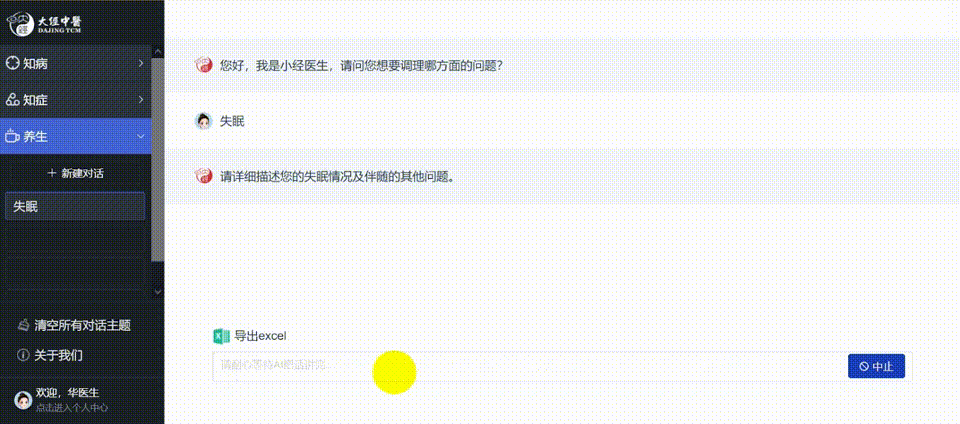
This capability is supported by industry data and training. According to Wang Qi, the technical director of Da Jing Zhong Yi, the main datasets used in the training of the grand model include:
11 million pieces of traditional Chinese medicine knowledge graph data; 1,500 ancient traditional Chinese medicine books and literature data; 100,000 real traditional Chinese medicine expert medical case data; 100,000 pieces of pulse, tongue, meridian, and acupoint data; 2 million pieces of real traditional Chinese medicine clinical treatment data.
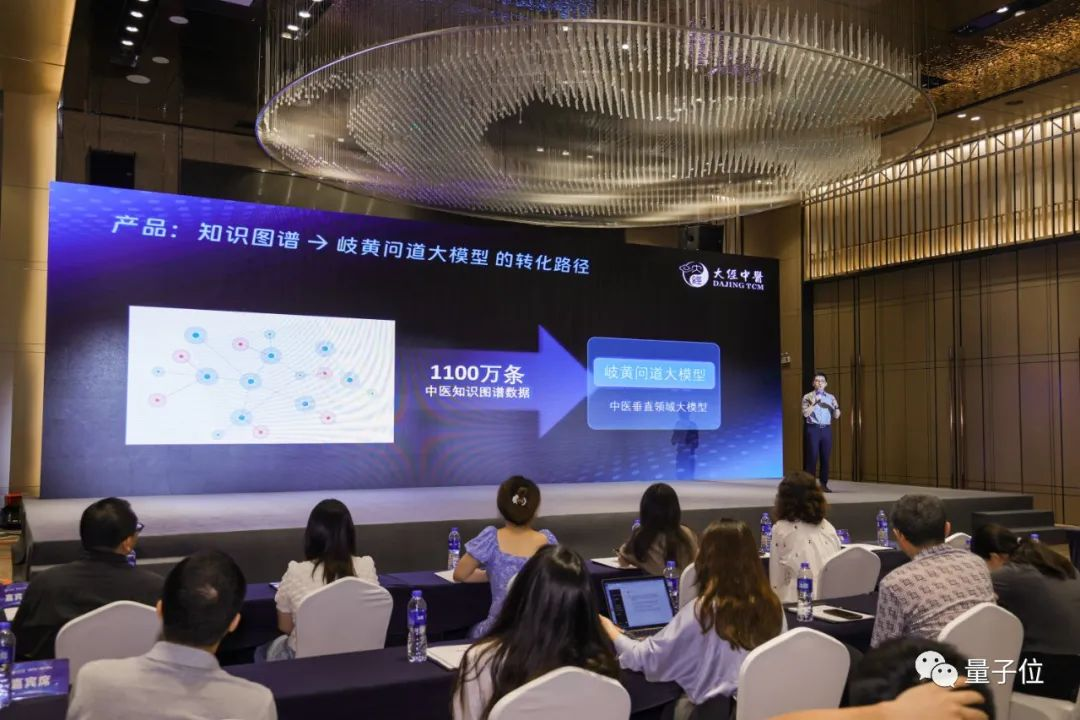
In order to obtain this high-quality data, Da Jing Zhong Yi has invested tens of millions in research and development expenses in the past.
The specific training methods were also publicly presented at this release event.
It mainly adopts a four-stage progressive training method: pre-training→supervised fine-tuning→reward model→reinforcement learning. Currently, the first two stages have been completed, and the latter two stages are in continuous iteration.
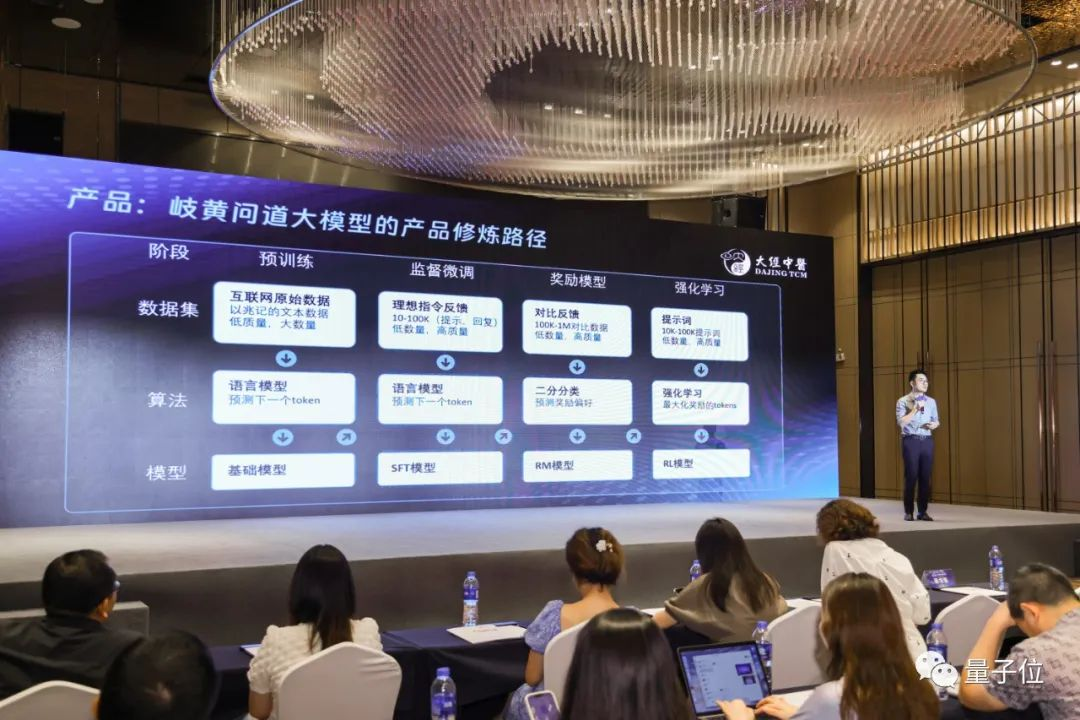
Currently, this training system is being completed through the collaboration of experts in both traditional Chinese medicine and AI. The ID evaluated by traditional Chinese medicine experts has already reached 1,704,605, indicating the scale of their data.
Daring to release three sub-models at once and directly reveal the training process on-site, where does the confidence of Da Jing Zhong Yi come from?
How was the Qihuang Wenda Grand Model developed?
The most intuitive paradigm shift of the grand model is the birth of a new type of human-machine interaction.
Whether in general scenarios such as search engines or vertical scenarios such as interaction modes—
From UI, OS, EMR (electronic medical records), etc., the shift is towards natural language. It has been foreseen that "traffic entry points" and "knowledge acquisition paths" will be redefined in this paradigm shift.
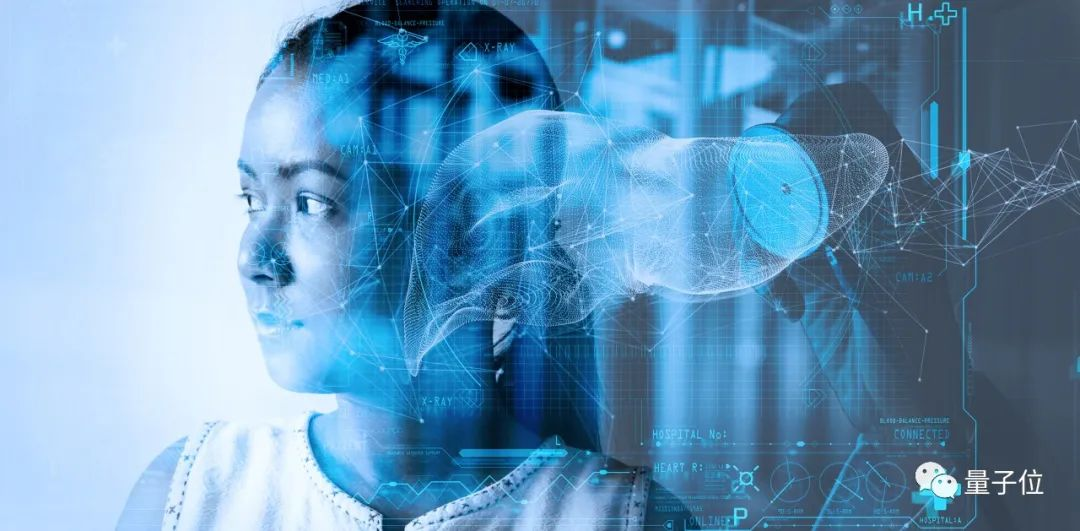
Since the explicit landing value, specifically in the vertical scenario application of the grand model, depends on these three elements according to Li Wenyou, CEO of Da Jing Zhong Yi:
Data: Acquisition of high-quality industry data;
Experts: Adjustment and feedback of pre-trained models by high-level industry experts;
Scenarios: In-depth business cultivation of specific scenarios, understanding of specific business scenarios, to achieve effective integration of the grand model with the industry.
In summary, it is industry know-how, accumulated industry barriers from years of domain cultivation.
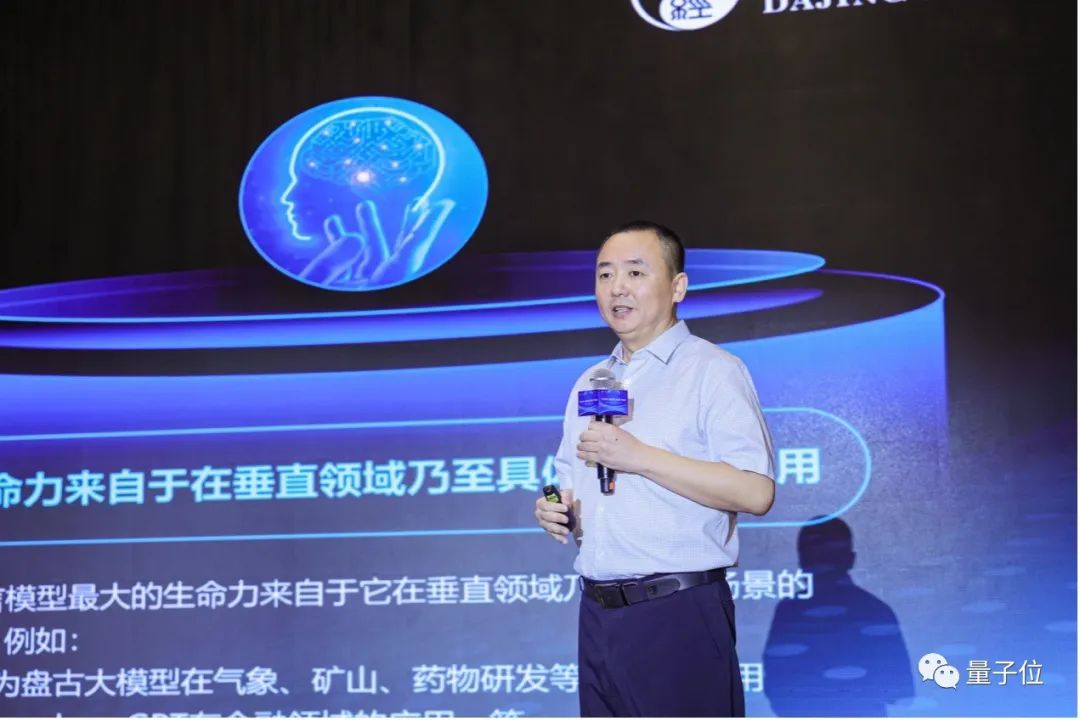
△ Founder and CEO of Da Jing Zhong Yi, Li Wenyou
For Da Jing Zhong Yi, this "barrier" can be specifically demonstrated in three aspects:
Data.
Compared to other medical branches, traditional Chinese medicine knowledge is more extensive and personalized, and has always had the tradition of "knowledge not passed on is not human, and methods not passed on are not six ears," which means that high-quality data is very private, and publicly available data quality is relatively low, thus requiring more vertical domain cultivation.
It is reported that based on the diagnosis and treatment knowledge of a large number of real famous old Chinese medicine practitioners and the diagnosis and treatment knowledge in traditional Chinese medicine literature, Da Jing Zhong Yi has constructed a traditional Chinese medicine diagnosis and treatment knowledge graph, covering all disciplines such as internal, external, gynecology, pediatrics, various schools of thought, and regional differences. It is claimed to be the highest quality industry data in the industry.
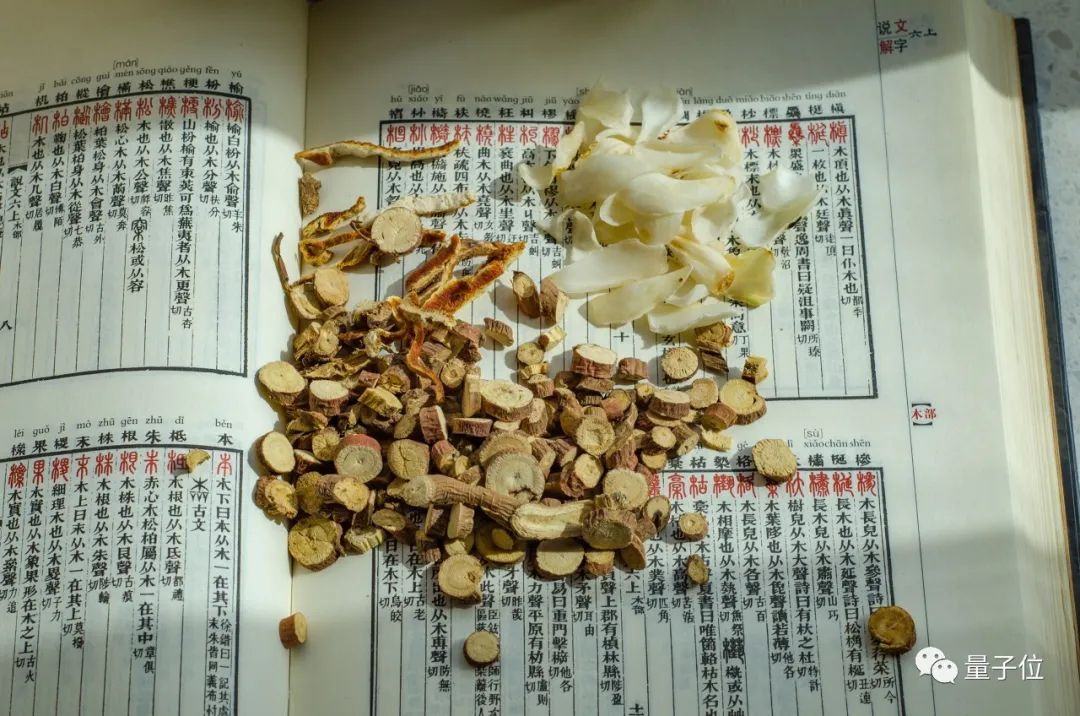
At the same time, a standardized dictionary of traditional Chinese medicine symptoms and physical sign terms containing over 25,000 entries has been established. It is claimed to be the only large-scale, all-disease coverage standardized term dictionary in the industry. This reduces the impact of inconsistent answers due to differences in wording.
Currently, Da Jing Zhong Yi has accumulated users from over 400 graded hospitals and over 8,000 grassroots medical institutions, forming a large amount of professional traditional Chinese medicine diagnosis and treatment data.
Talent.
It is understood that Da Jing Zhong Yi has the largest cross-disciplinary research and development team of traditional Chinese medicine and AI in the industry, as well as the largest team of famous old Chinese medicine practitioners in the industry. They have cooperated through agreements to conduct traditional Chinese medicine AI research, and have assisted in RLHF work to improve performance in the development of the grand model.
In addition, Da Jing Zhong Yi also collaborates with experts from institutions such as the Department of Computer Science and Engineering at Shanghai Jiao Tong University to integrate multiple technical advantages and jointly conduct research on the traditional Chinese medicine grand model.
Application.
The richer the application scenarios and the more diverse the customer data, the more helpful it is to train a vertical grand model that understands industry scenarios and business, and in subsequent iterations, it can quickly form a flywheel effect, with an increasingly faster update speed.
The current AI application scenarios of Da Jing Zhong Yi cover both the B-end and C-end—
Including graded medical institutions such as Guangdong Provincial Hospital of Traditional Chinese Medicine, Shanghai Longhua Hospital affiliated with Shanghai University of Traditional Chinese Medicine; regional traditional Chinese medicine medical consortia in Jiangning District of Nanjing City, Gaoqing County of Zibo City, and applications in large health institutions such as the "Elderly Service Center" in Changning District of Shanghai, as well as applications in grassroots medical institutions such as village health clinics in Shandong, Jilin, and other areas.
On the consumer end, taking the example of the intelligent traditional Chinese medicine health assistant in the "Study Strong Nation" app, simply selecting some discomfort symptoms can recommend traditional Chinese medicine adjustment plans. Currently, the user base is approaching 3 million people.
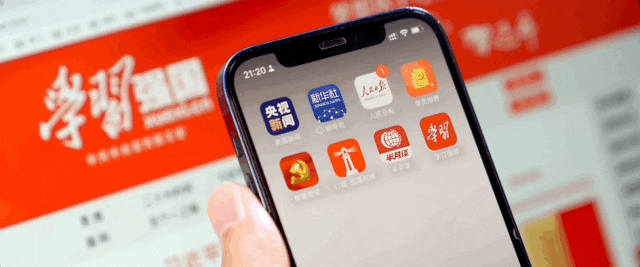
Based on these three core advantages, the technical path of the "Qihuang Wenda Grand Model" becomes clear. At the release event, Li Wenyou revealed how the grand model was developed.
First, from clinical diagnosis and treatment data of famous old Chinese medicine practitioners + traditional Chinese medicine literature data to the traditional Chinese medicine diagnosis and treatment knowledge graph.
Using the knowledge graph to structure and standardize this data, thereby expressing and storing the clinical diagnosis and treatment experience of famous old Chinese medicine practitioners and the diagnosis and treatment knowledge in traditional Chinese medicine literature.
Next, from the traditional Chinese medicine diagnosis and treatment knowledge graph to the pre-trained model in the field of traditional Chinese medicine.
Using millions of pieces of traditional Chinese medicine knowledge graph data and clinical diagnosis and treatment data to fine-tune a general pre-trained model.
Finally, from the pre-trained model in the field of traditional Chinese medicine to the Qihuang Wenda Grand Model.
Jointly involving traditional Chinese medicine experts, using a reward model-reinforcement learning mechanism, ultimately forming the Qihuang Wenda Grand Model.
Why do we need grand models?
The development of grand models has gradually shifted from expectations for the technology itself to concrete applications in the industry.
For example, Huawei's Pangolin Grand Model's application in meteorology was featured in the top journal Nature, where it can complete a 24-hour global weather forecast in 1.4 seconds, 10,000 times faster than traditional methods.

In education, gaming, advertising, marketing, mining, pharmaceutical research, and other fields, grand models have corresponding practical applications.
In recent days, Beijing Jiaotong University also jointly released the first domestically developed comprehensive transportation grand model TransGPT・Zhiyuan and made it open source.
Li Wenyou believes that the greatest vitality of grand models lies in their application in vertical fields and specific scenarios.
Regarding the creation of the "traditional Chinese medicine grand language model," Da Jing Zhong Yi also revealed the reasons for these two aspects.
From an industry perspective, the traditional Chinese medicine grand language model contributes to the "digitalization" of traditional Chinese medicine.
First, most traditional Chinese medicine clinical diagnosis and treatment data and traditional Chinese medicine literature data are in the form of text data. Grand language models adept at natural language recognition and processing can help with the inheritance and development of traditional Chinese medicine.
Second, traditional Chinese medicine clinical diagnosis and treatment not only has a complete theoretical system but also has strong experiential attributes. Therefore, learning traditional Chinese medicine has always been associated with "reading classics and following famous teachers."
This experience is deeply embedded in traditional Chinese medicine literature, classics, and a large number of medical cases, medical discussions, and medical theories from past medical practitioners. However, understanding, memorizing, and applying this experience is a difficult task. The emergence of the traditional Chinese medicine grand language model will greatly change the mode of learning and talent cultivation in traditional Chinese medicine.
Finally, starting from the ultimate thinking of traditional Chinese medicine, traditional Chinese medicine is not only a medical discipline but also a way of life for the Chinese people. This also means that traditional Chinese medicine exists not only in hospitals but also in homes and various spaces related to health.
In a broader context, the natural language interaction mode is more in line with the communication habits of ordinary people. In this sense, the traditional Chinese medicine grand language model can further promote the wider application of traditional Chinese medicine AI.
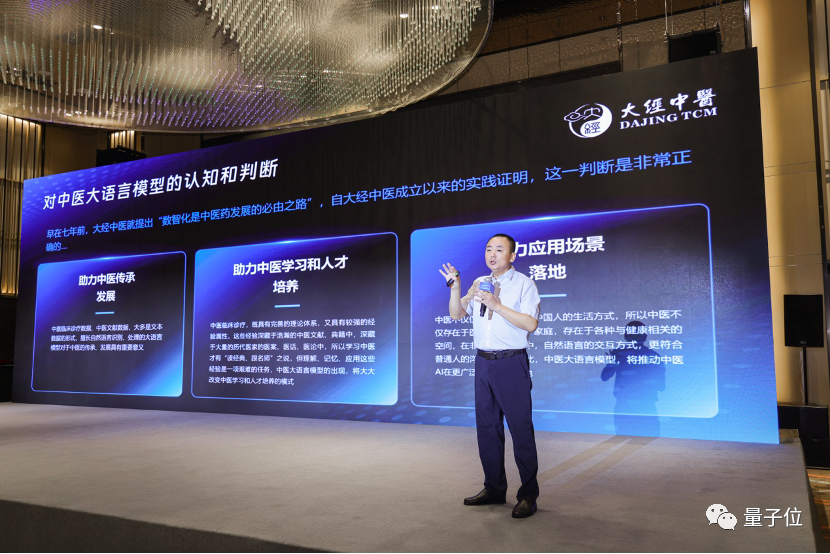
In addition to the industry dimension, for Da Jing Zhong Yi itself, there is a deeper level of value.
As early as 7 years ago, Da Jing Zhong Yi proposed that digitalization is the inevitable path for the development of traditional Chinese medicine and has been practicing this.
The core product, the intelligent clinical assistance system for traditional Chinese medicine (CDSS), has established an application ecosystem from tertiary Chinese medicine hospitals to community health service centers, township health centers, clinics, outpatient departments, and health rooms.
Starting this year, it has further integrated the Da Jing Shuzhi Zhong Yi integrated diagnosis and treatment system, which includes traditional Chinese medicine intelligent brain, traditional Chinese medicine intelligent pulse diagnosis device, and traditional Chinese medicine intelligent tongue diagnosis device, into more health service scenarios.
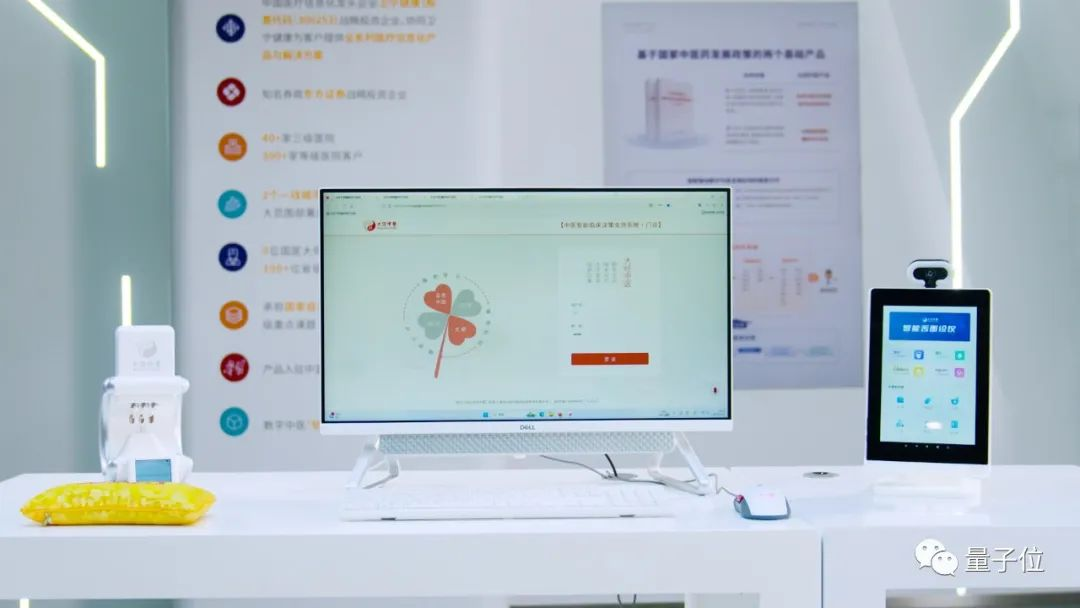
△ "Integrated diagnosis and treatment system for traditional Chinese medicine" integrating a series of software and hardware products from Da Jing Zhong Yi
In their words, the integrated diagnosis and treatment system for traditional Chinese medicine has expanded from the "serious medical" ecosystem to the "traditional Chinese medicine health" ecosystem.
Now, with the release of the Qihuang Traditional Chinese Medicine GPT, the ecosystem of "traditional Chinese medicine health" from Da Jing Zhong Yi will further expand, accelerating the expansion of more health scenarios.
At the event, Li Wenyou also called for more ecosystem partners to join.
The acceleration of enterprise ecosystem construction by grand models will further accelerate the development of industry fields and move towards wider application scenarios—
In everyday life, traditional Chinese medicine will be everywhere.
Starting from enterprises, to the industry, and finally reaching every individual, this is also a paradigm shift in the wider application of grand models in more segmented fields.
Where else can grand models spark innovation? Let's look forward to it here.
— End —
免责声明:本文章仅代表作者个人观点,不代表本平台的立场和观点。本文章仅供信息分享,不构成对任何人的任何投资建议。用户与作者之间的任何争议,与本平台无关。如网页中刊载的文章或图片涉及侵权,请提供相关的权利证明和身份证明发送邮件到support@aicoin.com,本平台相关工作人员将会进行核查。




